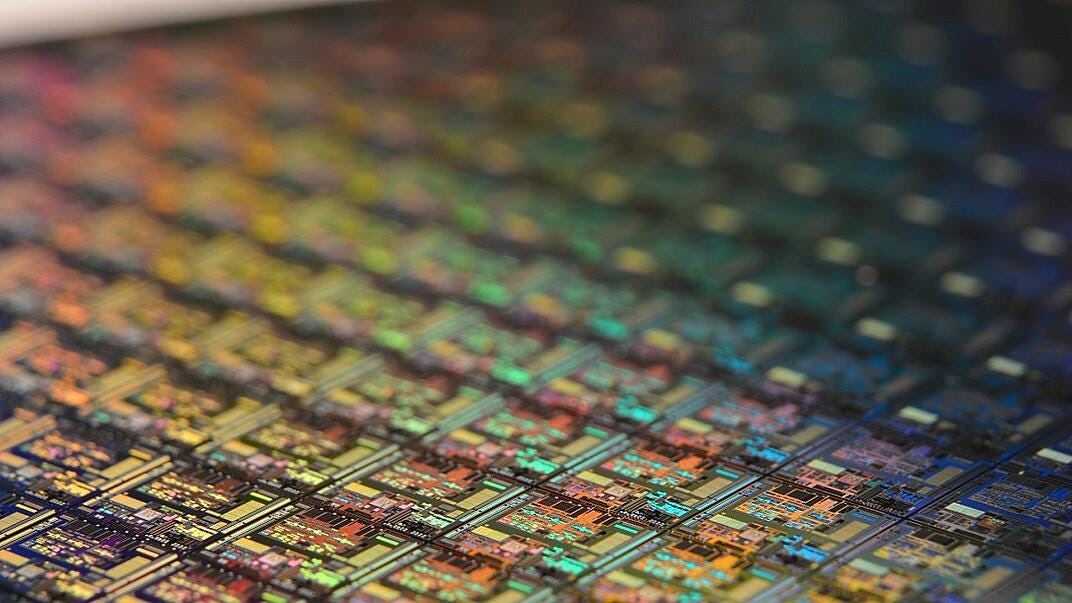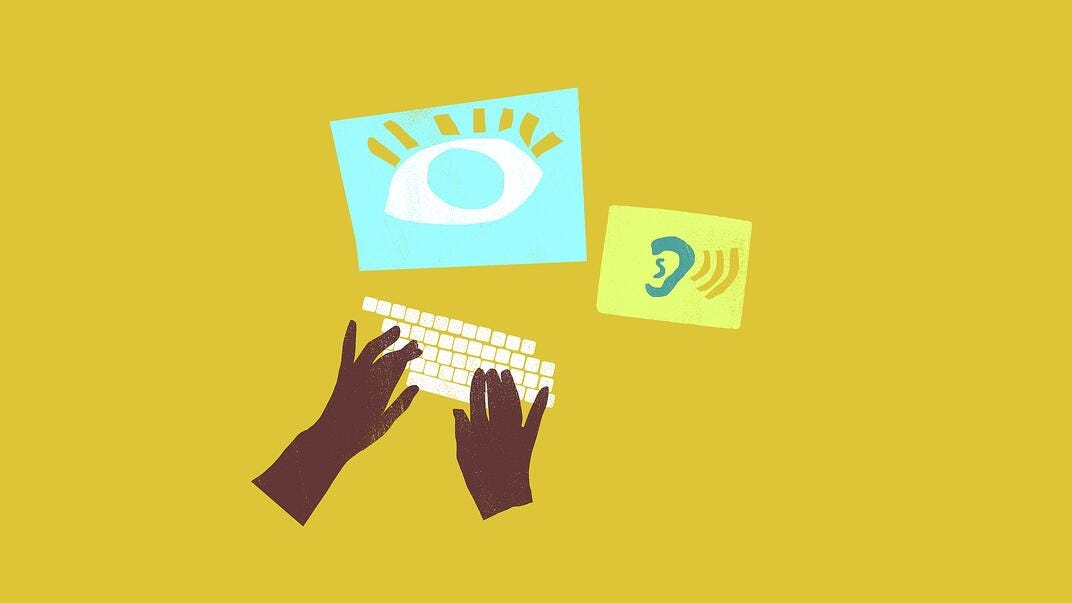The Wrap #12 | Getting to tomorrow is a process(or)
A shot of thinking fuel, brought to you each month by Futurestate Design Co.
Hot in your inboxes this August we have the importance of challenging current systems and why looking to a future that seems far off will pay off (clue: it’s not as far off as you think). We’re also sharing a particularly good piece from Wired US on why it’s important to design for everyone, especially warriors.
Out-of-the-box is out for Apple. Now it’s out for Google too.
What’s going on?
Apple launched their own M1 processor to power iPads and Macs. No longer reliant on Intel, they won’t be held up explaining the boring details of why they have low battery life (‘Not our fault!’), or why some apps won’t work on their iOS (‘It’s complicated’). These won’t be issues any more, now they can do their own thing, making self-defined improvements. Now Google is in on the act, with their own silicon, the Tensor chip.
Why it matters
Buying off-the-shelf or using out-of-the-box functionality is exactly what you should do when it enhances your business’ capabilities: don’t build what doesn’t differentiate you. BUT... it’s important to recognise when you’re paying a lot of money for something that starts to hold you back. For Apple and Google, general-purpose processors, no matter how good, are doing just that.
We frequently see money thrown at too much custom tech or processes. We also see the opposite; companies afraid to leave the safety of standard approaches to differentiate. The right approach is a judgement, and it’s never a forever choice. Is this still the system we’d choose, knowing what we know now? Does this process help us compete or can we just do the same as everyone else?
Sometimes, to succeed, you need to be prepared to throw out generalised systems that might not be serving you as well as you assume. Differentiation, even by small amounts, can really count.
Read the original on Medium and on Google's The Keyword
Why change the subject when it’s this good?
What’s going on?
A big month for processor-related news, this: British chip designer Arm has designed the most powerful low-cost, plastic microprocessor, which may be the crucial step towards an Internet of Everything – that is, building Internet of Things capabilities into, well, everything. With microchips as cost-effective as this one, it’s feasible that even throwaway items could be made ‘smart’. A milk carton that lets you know when the contents are off. A wound dressing that monitors moisture levels to ensure optimal healing. You get the idea.
Why it matters
This innovation shows how very close we are to a sea-change in how we interact with the world around us – and how it integrates with us. This really is some science fiction made real, and it’s time to start thinking about how you can harness it to change how you interface with your customers. And equally, what new future-only business models could sweep in and steal your market?
The groundwork for tomorrow’s business is always laid in the emergent: technologies; business models; or human behaviours. Even if it begins with an informal chat, take ‘distant’ horizons seriously, or you might regret it sooner than you think.
Read the original on Singularity Hub
‘Inclusivity’ can’t be lip service
What’s going on?
Read a potted, thought-provoking and inspiring history of how innovation is driven by inclusivity.
Why it matters
‘Thirty years ago, Berners-Lee laid the foundation for a better world, a digital world, with limitless opportunity. It has benefited the majority. Now it’s time we let in the warriors among us, who live without comfort, who are brave enough to fight for change. They are the ones who will advance us further. They helped get us this far.’
Inclusivity isn’t an add-on. It’s at the heart of driving change. Every new audience generates insights and opportunities. Every improvement to inclusivity for ‘minority’ audiences has a habit of turning up unexpected wins for the majority. So go on, let in the warriors, you won’t regret it.
Read the original on Wired US




